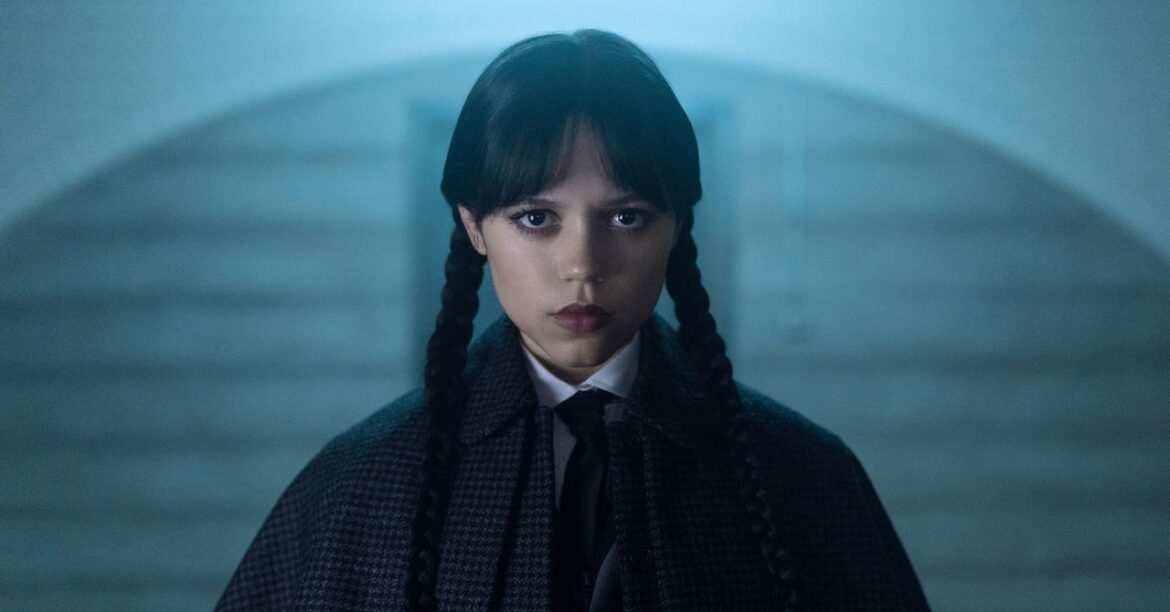The sketch-comedian-to-horror-movie-director pipeline is real. Jordan Peele went from Mad TV and Key & Peele to Get Out, Nope, and Us. Josh Ruben went from CollegeHumor to Werewolves Within, Heart Eyes, and Scare Me. And now Zach Cregger of The Whitest Kids U’ Know has become a horror-movie name to watch with Barbarian, Weapons, and an upcoming Resident Evil movie.
Weapons was great, a twisty Stephen King-adjacent story of missing kids in the suburbs, but a zombie action-horror movie will be a whole different kettle of fish. I just hope Cregger doesn’t leave his sense of humor behind, because the worst thing you could do with the camp tone of Resi is try to pretend it’s Serious Business.
Speaking to Double Toasted, Cregger said he’s “played I don’t know how many thousands and thousands of hours of Resident Evil” and is planning to make a movie that “probably lives more in the world of 2 and 3, but I’d say it adheres more to the tone of 4.”
Related articles
He couldn’t say which of the existing movies it’ll resemble, however, because he hasn’t watched them. “I’ve never seen a Resident Evil movie,” he said, “and so, you know, I imagine that if there are people out there that are just rabid fans of the movie franchise, they’re probably not really prepared for what I’m going to be doing. But I think the people that are fans of the games are probably going to be stoked.”
Vocal haters of the movies will be pleased, but I am a little disappointed that 2021’s Welcome to Raccoon City isn’t going to be followed up on. Sure, it had some awkward dialogue that felt like it had been inserted to explain things from scenes that were cut when its budget was slashed, but setting it in 1998 and giving Wesker a PalmPilot was inspired.










